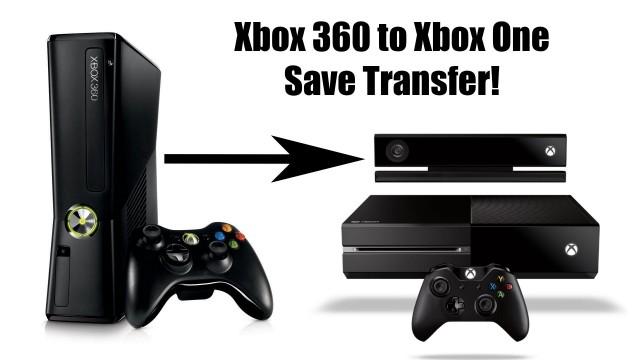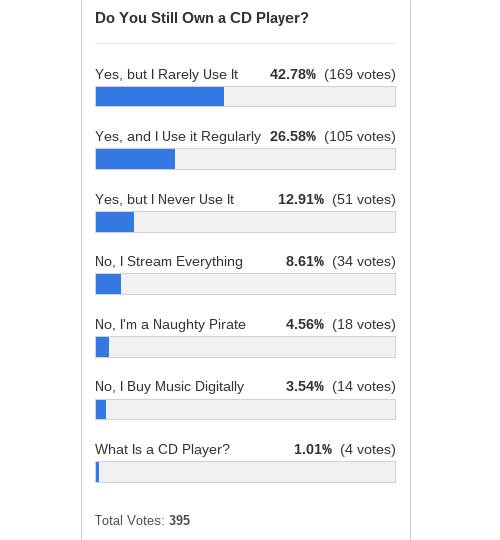

In July this year Winston Crawford left Apple. For the previous four and a half years he’d been a leading executive in Apple’s iOS advertising platform, iAd. After stepping down to take a position as chief operating officer at advertising startup Drawbridge, Crawford gave an interesting interview with the Wall Street Journal.
In it, Crawford claimed that Apple’s iAd platform was held back by Apple’s privacy policies; although marketers can target users based on age, location, gender, or previous purchases, Apple refuses to share any deeper customer details with marketers.
“I don’t believe they are interested in this capability because they have a strict policy around what they do with user data… iAd has great assets and great capabilities, but they are going to follow Apple’s policy to the letter of the law.”
Freedom isn’t free and nor are “free” apps and services. Huge amounts of digital products are built and released at no cost to the consumer on the assumption that their data will be used by advertisers to deliver targeted adverts — adverts which these advertisers will pay to have people see.
These are the kind of ads that support Buzzfeed (at least for the moment), Facebook, and even MakeUseOf. Although ad-blockers are becoming increasingly prevalent and publishers will need to innovate to deal with them, adverts are going to be around for a while yet.
As far as advertisers are concerned, iPhones and other smartphones are just another place they can stick banner ads. It’s these that let app developers make money even when their app is free. Dong Nguyen, the developer of Flappy Bird, was reportedly raking in $50,000 a day when the inexplicably popular app was in its prime.
For these adverts to make money, they need to accurately target users. I’m a 25 year old (single) guy, there’s no way I’m ever going to click on an advert for baby products. Instead, advertisers need to hit me with ads for cheap flights, nice booze, and cool clothes. However, just targeting me based on my age and gender isn’t enough; I have friends with kids who would definitely click on ads for funny baby t-shirts and wouldn’t dream of leaving the country, having a drink, or buying a t-shirt that cost more than $5.
The more information that advertisers have about people, the better they can target them. Providing this information is one of the main ways advertising platforms make money; if they can offer better targeting, they can charge more for adverts and get more marketers using their service.
Despite offering countless products that seemingly have little to do with advertising — Gmail, Android, Google Drive, Self-Driving Cars — Google is an advertising company. In 2014, Investopedia reports that “Google earns about 90 percent of its entire [$66 billion dollar] income from advertising.” They might not be the only advertising network, but they’re the biggest.
Given the amount of people who use Gmail, have an Android phone, or use any of Google’s other services compared to the number who use Google’s advertising platforms, this is a crazy figure. There is a massive gap between the number of users Google has and the number of customers.
Im pretty confused about Apple’s iAd business.
— J (@jeremybank) November 24, 2015
Apple on the other hand earns a tiny fraction of its income from the iAd platform. Business Insider puts it at about $487 million dollars, 0.3% of Apple’s $183 billion dollar revenue in 2014. Instead, the vast majority of their revenue comes from hardware sales, especially the eternally popular iPhone.
This puts Google and Apple in very different positions when it comes to mobile advertising.
While Google is content to provide advertisers with incredibly powerful tools for targeting users — with some of the information potentially gleaned from how you use their other services — Apple offers comparatively limited targeting. Even though Apple offers a better native advertising experience on iOS and provides the tools to embed adverts to developers in the SDK, they only control a fraction of the mobile advertising market.
In an article from late last year, Forbes pegged Apple’s share of the mobile marketing space at just 2.5%. This is down from 50% when they launched the service in 2010.
iAd was launched by Steve Jobs in 2010 but remains just a "tiny part" of Apple's business
— atsuage (@atsuage07) October 23, 2015
While there are obviously plenty of contributing factors as to why this might be — such as iOS apps being significantly more likely to charge up front rather than offer ads when compared to Android apps — one thing that must contribute, as Crawford attests, is Apple’s unwillingness to give up user data to improve advert targeting.
The Business Insider article I referenced earlier quotes Apple CEO Tim Cook as saying:
“Apple has a very straightforward business model. We make money if you buy one of these [pointing at an iPhone]. That’s our product. You [the consumer] are not our product. We design our products such that we keep a very minimal level of information on our customers.”
This sums up the difference between Apple and Google’s business models perfectly. To Apple, a customer is someone who buys one of their devices while to Google a customer is an advertiser who pays them; a user is just a data point.
While it’s fascinating to see how Apple has hamstrung its own advertising platform by not offering user data to advertisers, the unfortunate result is that by doing so they’ve driven advertisers to other platforms. While some apps do undoubtedly use iAds, the vast majority don’t. If you see an advert in an iOS app, it probably isn’t an iAd.
If you somehow do use an app that monetizes using iAds, your privacy is definitely better protected. Advertisers, however, are badly served by the arrangement.
What do you think of Apple’s strict privacy guidelines? Does it really matter when app developers are likely to use a more intrusive competitor instead?




 How To Survive Third Person Standalone (PC) review
How To Survive Third Person Standalone (PC) review How Free-to-Play May Actually Hurt Poorer Players
How Free-to-Play May Actually Hurt Poorer Players Gears of War: Judgment – How Do You Solve a Problem Like Sofia?
Gears of War: Judgment – How Do You Solve a Problem Like Sofia? Did You Buy Any Gadgets on Black Friday? [MakeUseOf Poll]
Did You Buy Any Gadgets on Black Friday? [MakeUseOf Poll] Youre Either Alive, Dead, or a Woman in The Walking Dead
Youre Either Alive, Dead, or a Woman in The Walking Dead